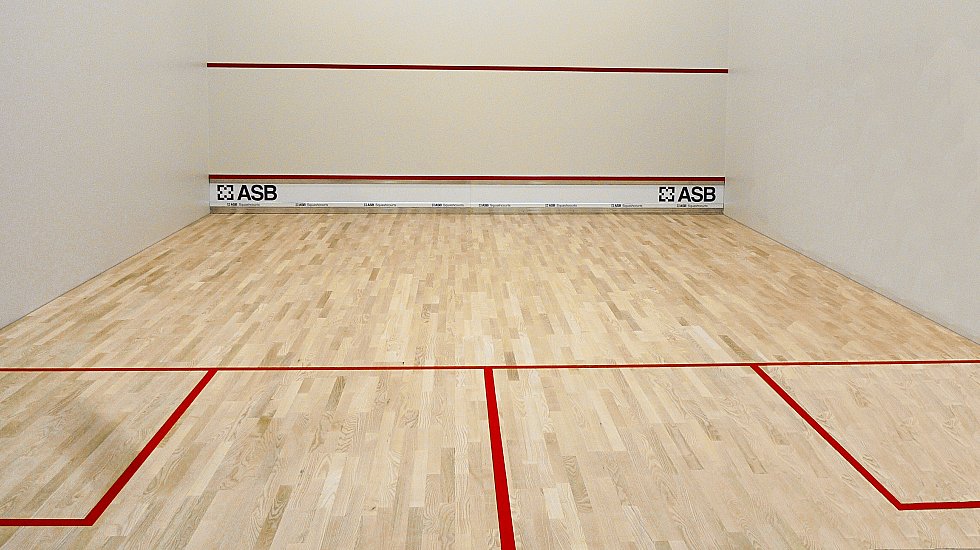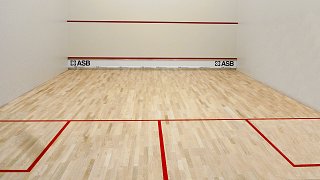Squashparkett: Volldielenboden oder Sportparkett?
Squash erfordert wie kaum ein anderer Sport einen einmaligen Bewegungsablauf auf relativ kleinem Raum. Zwei Spieler kämpfen dabei um die Position um das T in der Mitte des Courts. Das erfordert einen sicheren und verlässlichen Squashboden. Unten finden Sie einen kleinen Vergleich, der Ihnen helfen soll, den richtigen Boden für Ihren Squashcourt zu wählen.

 Vorheriger Beitrag
Vorheriger Beitrag
